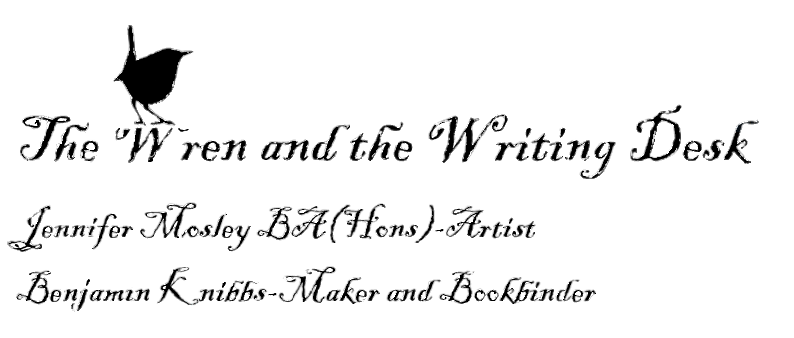The following is the opening and first excerpt of my dissertation ‘Once upon a fairy tale – Locate the artistic impact/influence of the legacy of childhood, specifically childhood fantasies and fairy tales, in the works of Permindar Kaur; Louise Bourgeois and Annette Messager.’
“Now here’s a story to begin with…”
What is a fairy tale, how is it defined? One definition included in an essay about fairy tales in 1931 in which Karel Capek decided:
‘A fairy story cannot be defined by its motif and subject-matter, but by its origin and function…A true folk fairy tale does not originate in being taken down by the collector of folklore but in being told by a Grandmother to her Grandchildren, or by one member of the Yoruba tribe to other members of the Yoruba tribe, or by a professional storyteller to his audience in an Arab coffee house. A real fairy tale, a fairy tale in its true function, is a tale within a circle of listeners…’
There are many contemporary art practitioners whose work has been shaped by ‘The legacy of childhood’: Matt Collishaw; Jordan baseman; Jane and Louise Wilson; Kerry Stewart’s ‘The boy from the chemist is here to see you, 1993 in which she placed a fibreglass charity figure of a ‘cripple’. ‘The boy evokes memories of dusty shop – fronts where donation – box figures waited plaintively for coins to be pressed through their heads’. Georgina Starr’s work ‘visit to a small planet’ 1995 was created from Starr’s vivid childhood memories of watching an old Jerry Lewis film and reacting to the family life around her: ‘Starr’s parents arguing excitedly, while she gobbles ravioli from a tin and devoured TV programmes with equal enthusiasm’. Starr relied on recollection and ‘the ravioli’s ability to conjure the fantasies from that time.’
I will be discussing the work of Annette Messager; Louise Bourgeois; and Permindar Kaur, because as well as the strong influence of childhood memories within their work, I am interested in locating the influence of fairy tales and the uncanny. The concept of the uncanny was introduced into psychoanalysis by Freud in 1919, it was described by Freud as that “class of the frightening which leads back to what is known of old and long familiar”. I discuss the question of the presence of the uncanny in fairy tales, stressing my theory, and locating several contrasting opinions.
I will be looking at the psychological and moralistic importance of fairy tales, throughout a child’s character development. Bruno Bettelheim stresses the importance throughout his book ‘The uses of enchantment’. ‘Fairy tales, unlike any other form of literature direct the child to discover his identity and calling and they also suggest what experiences are needed to develop his character further.’ I then go on to discuss ‘The mirror phase’, in relation to fairy tales, and the way a child thinks and experiences the world. ‘A fairy tale is a universe in miniature’.
In the section titled ‘In olden times when wishing still helped…’ I will be discussing the emergence of fairy tales. This is lead by two quotes by Jack Zipes:
‘Fairy tales have been with us for centuries as a necessary part of our culture’ and ‘Was there ever a time when people did not tell fairy tales?’
‘Fairy tales and the art of subversion’ by Zipes, is one of the first attempts to develop a social history of the fairy tale. Educational writers deliberately ‘appropriate’ the oral folk tale in the eighteenth century and made it into discourse about values and manners so that children would become civilized according to the social code of that time. Zipes asks questions which link the fairy tale to society and to our political unconscious. How and why did certain authors try to influence children or social images of children? How did they react to the prescribed fairy – tale discourse? “Fairy tales underwent severe criticism when the new discoveries of psychoanalysis and child psychology revealed just how violent, destructive, and even sadistic a child’s imagination is.”
It seems as applicable to include a brief history of the fairy tale, as it is to give an account of the source of influence, or root of the discussed art practitioners work. The emergence of the folk tale is as important to the understanding of fairy tales, as the use of the fairy tale motifs as a source, is to the said artists. It gives us a knowledge of how the fairy tale/Artist work evolved.
